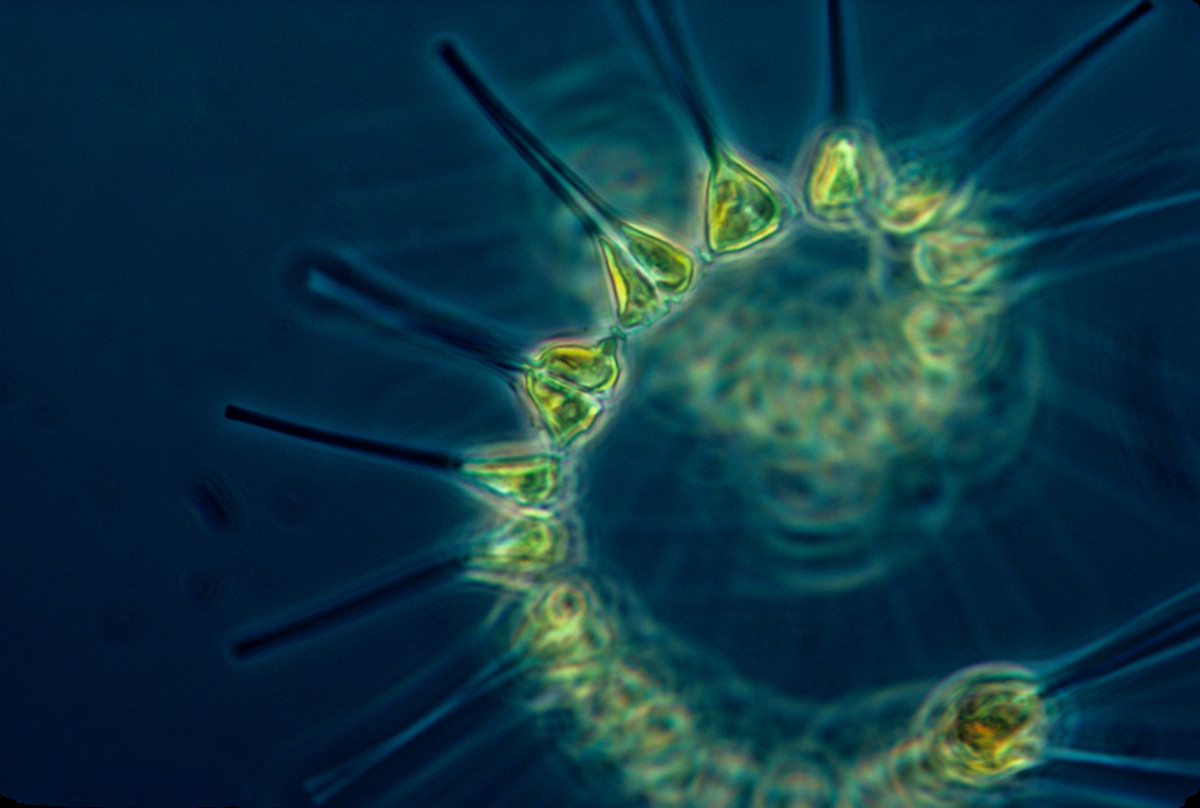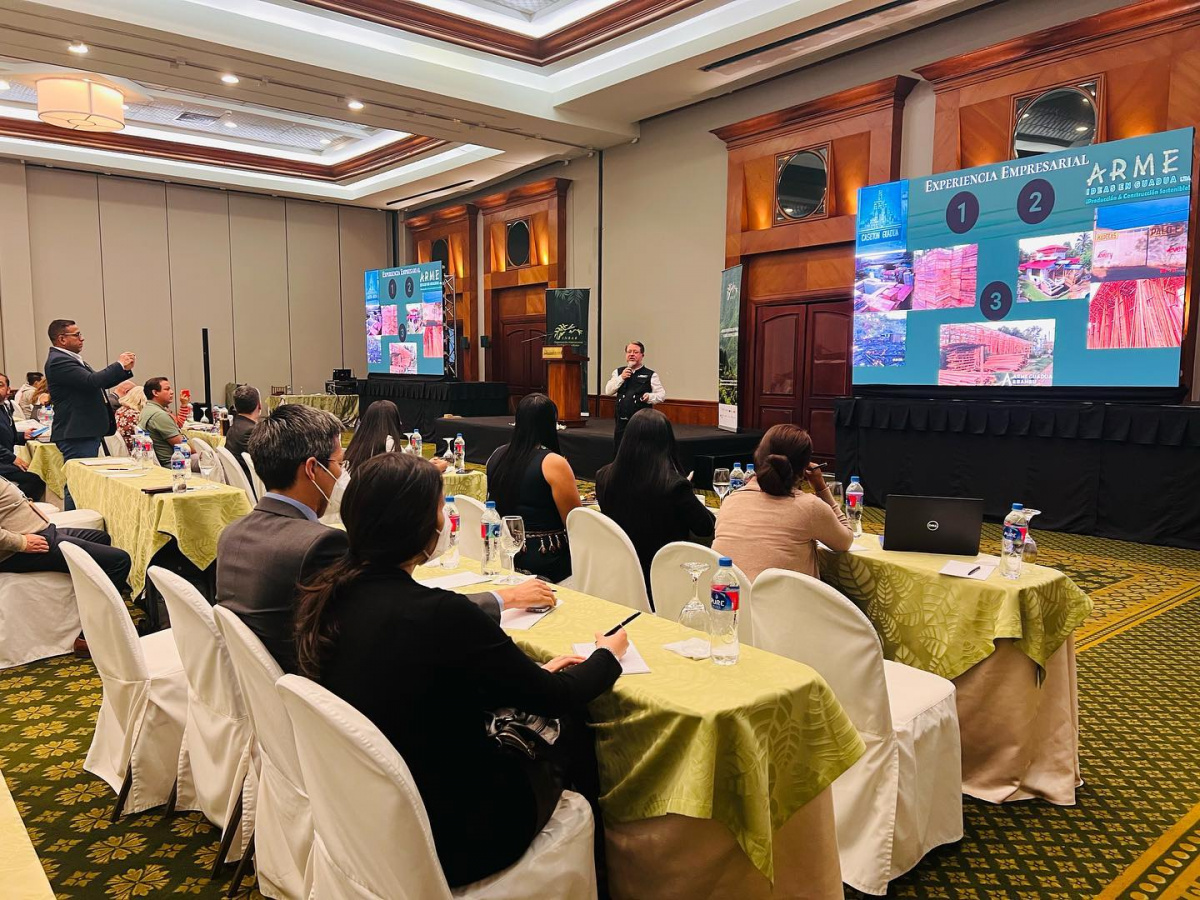Bringing to light a building block of biodiversity and ocean health – MAPMAKER: current global marine plankton diversity and future projections
Recognizing that marine plankton diversity is one of the most notable absentees in climate discussions and policies, and knowing that the protection of global plankton diversity in international policy decisions is vital for preserving ocean health, IUCN GMPP and ETH UP Zurich have moved to develop a web-based tool for visualizing current and future marine plankton diversity and changes, for policy-makers in the international climate and ocean sphere.

Photo: Phytoplankton - Pixabay
No plankton diversity and biogeography visualisation, until now
Until now, despite protection of global plankton diversity being essential in preserving ocean health, in line with the key Sustainability Development Goals SDG2 (No hunger) and SDG14 (Life below water), climate change projections of marine plankton diversity and biogeography have not been considered in global assessments, such as those conducted by the IPCC and IPBES. This is due to the lack of information on the biogeographic patterns and drivers of the vast diversity of marine plankton species, that would allow for their extrapolation.
Therefore, plankton biodiversity conservation has not yet been incorporated in marine strategy frameworks and international policy documents.
To address these issues, IUCN Global Marine and Polar Programme (GMPP) and ETH Zürich Environmental Physics research group (UP) launched the MAPMAKER collaboration project last year, with the support of the Geneva Science-Policy Interface.
Climate change is causing changes in marine biodiversity and disrupting plankton ecosystems, with potential negative impacts on ocean ecosystem services, and this web tool will allow the visualising of future marine plankton diversity changes (in time and in different regions) following the different scenarios of greenhouse gas emissions and global warming.
Pulling the key people and organisations together
In order to make this science-policy collaboration as impactful as possible, project partners have planned to engage with key stakeholders via an interactive approach.
IUCN GMPP and ETH UP co-hosted a strategic workshop earlier in March to:
- Fine-tune the impact strategy,
- Get initial feedback on the design of the web tool, and
- Determine what would be the best metrics to include in the visualisations of the web tool.
To find out more
There is more information about the MAPMAKER (MArine Plankton diversity bioindicator scenarios for policy-MAKERs) project in the attached background document: MAPMAKER: Marine Plankton Diversity
Bioindicator Scenarios for Policy Makers - two-page summary.
 Photo: Geneva Science-Policy Interfac
Photo: Geneva Science-Policy Interfac




